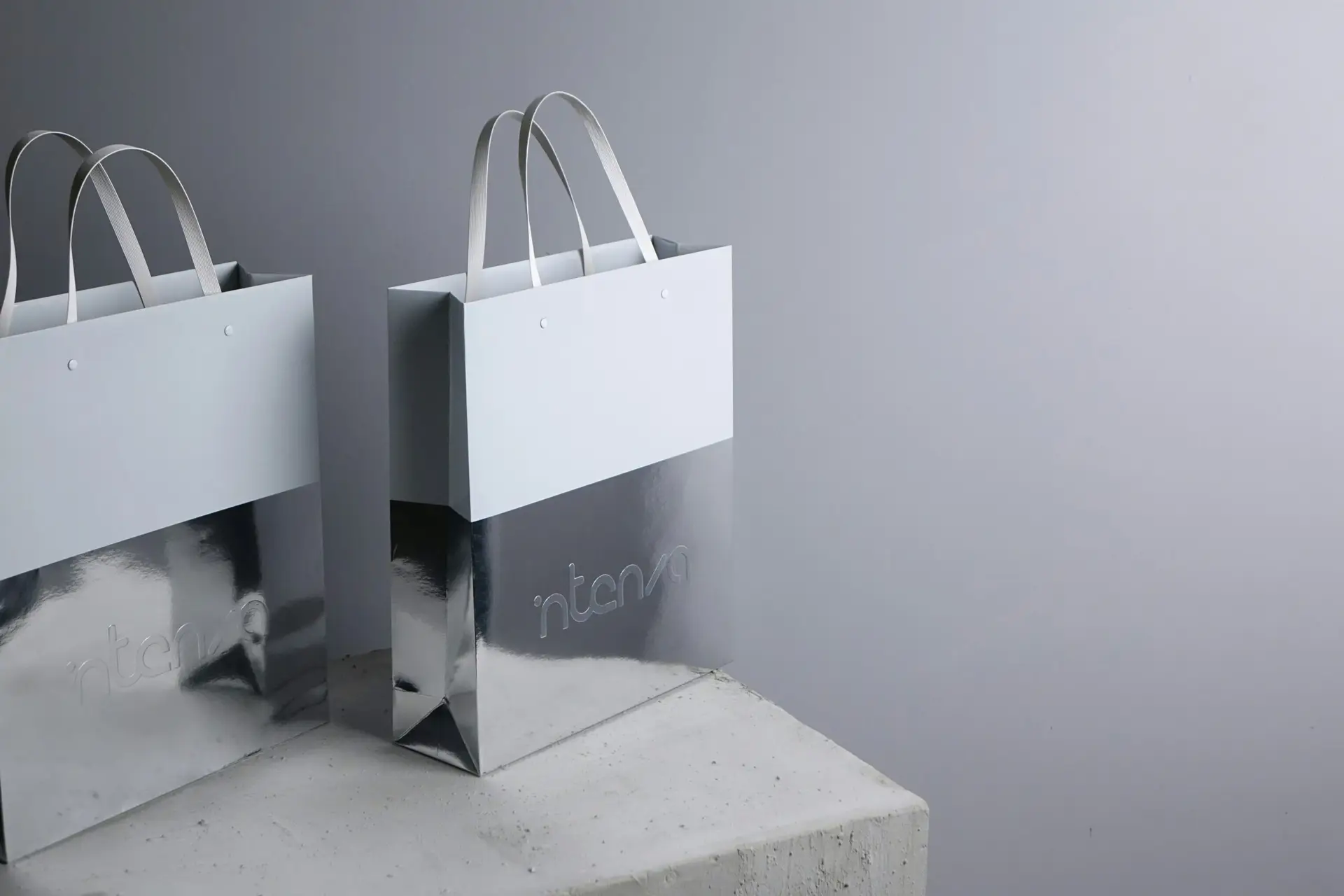Understanding the Importance of Custom Web Design
In the ever-evolving digital landscape, establishing a compelling online presence is paramount for businesses seeking to connect with their audience. Custom web design emerges as a crucial component in achieving this goal, setting businesses apart and articulating their unique brand identity. Unlike templates, which offer limited customization, bespoke designs are tailored to meet the specific needs of a brand’s target demographic, ensuring a more engaging and relevant user experience.
One of the primary advantages of custom web design is its ability to convey a brand’s ethos and values effectively. A well-designed website captures the essence of a business, communicating its message and mission through a carefully curated aesthetic. This personalized approach fosters a sense of authenticity, resonating with audiences who seek genuine connections with brands. Furthermore, it allows businesses to highlight their unique selling propositions (USPs), essential in today’s competitive marketplace.
In addition to enhancing brand identity, custom designs can be tailored to cater to distinct audience needs. By addressing user preferences and behaviors, companies can create websites that provide intuitive navigation, which is vital in optimizing user engagement and retention. Custom web design also offers the flexibility to evolve as the business grows; integrating new functionalities and adjusting layouts to suit changing market demands ensures that the website remains relevant and effective.
Moreover, a bespoke approach enables businesses to stand out among competitors who might rely on generic templates. The uniqueness cultivated through custom web design can significantly enhance brand recall, making it easier for customers to remember and identify a business. This differentiation is crucial, as it not only helps attract site visitors but also encourages conversions, ultimately driving growth.
The Limitations of Template-Based Designs
Template-based designs are often seen as an efficient and cost-effective solution for businesses aiming to establish an online presence. However, these designs come with intrinsic limitations that can compromise the effectiveness of a website. One of the main drawbacks is the lack of originality that templates inherently entail. When numerous businesses utilize the same design frameworks, their websites tend to blend into a sea of sameness, making it challenging to establish a unique brand identity. This lack of distinctiveness can hinder a company’s ability to stand out in a competitive digital landscape.
Furthermore, template designs come with predefined layouts and functionalities, resulting in design restrictions that can stifle creativity. Businesses are often forced to conform to the structural limitations of the template, which may not align with their branding or functional requirements. This rigidity can curtail the effectiveness of marketing strategies and user engagement, as the website may not effectively convey the brand’s message or facilitate user interaction in a meaningful way.
Moreover, templates often lead to a one-size-fits-all approach, which may overlook the unique needs of individual businesses. Specific industries may require particular functionalities or design elements that are simply not available within a generic template. This disconnect can adversely affect user experience, as potential customers may find navigation cumbersome or the content unappealing, leading to decreased engagement and higher bounce rates.
In addition to the above concerns, template designs can also pose potential SEO drawbacks. Many templates are crafted without considering best practices for search engine optimization, which can hinder a website’s visibility in search results. Compromising on SEO due to template limitations can significantly impact traffic and, ultimately, business growth. Therefore, while template-based designs may offer short-term conveniences, the long-term consequences can impede a business’s online success.
Customization: Enhancing User Experience and Functionality
In the realm of web design, the significance of customization cannot be overstated. Custom web designs are tailored specifically to meet the unique needs of both the business and its users. This tailored approach enhances user experience significantly compared to the one-size-fits-all nature of template designs. By prioritizing user needs, custom designs can ensure that visitors find the information they seek swiftly and easily, thus minimizing frustration and improving engagement.
One of the primary advantages of custom web design is its ability to incorporate tailored functionalities that address specific business objectives. For instance, an e-commerce website may benefit from unique filtering options, personalized product recommendations, or streamlined checkout processes that are simply unavailable in standard templates. This level of customization not only meets users’ expectations but also drives conversions, leading to improved overall performance.
Furthermore, enhanced navigation is another area where custom web design excels. A well-thought-out navigation structure, designed specifically for the site’s content and target audience, allows users to find what they are looking for without unnecessary clicks. This seamless navigation experience keeps users on the site longer and encourages them to explore more content. In contrast, templates often come with rigid navigation components that may not cater adequately to the specific context of a business.
Another crucial aspect of user experience is responsive design. As the number of users accessing the internet via various devices continues to rise, it has become essential for websites to function well across a range of screen sizes. Custom web design allows for precise calibration of elements to ensure that they display optimally on desktops, tablets, and smartphones. By prioritizing responsiveness, businesses can cater to their audience effectively, further enhancing overall user satisfaction in today’s mobile-first world.
Long-Term Value: Return on Investment of Custom Design
When considering web design options, the long-term value and return on investment (ROI) associated with custom web design should not be underestimated. Unlike template-based designs, which often offer limited flexibility and personalization, custom web designs are tailored specifically to meet the unique needs of a business. This personalized approach can significantly enhance user experience, leading to higher conversion rates. Statistics indicate that websites designed with user-centric principles can increase conversion rates by as much as 200%, thus directly impacting a company’s bottom line.
Furthermore, custom web designs facilitate better customer retention. A unique and well-structured website not only attracts visitors but also encourages them to return. When customers find a website easy to navigate and relevant to their needs, they are more likely to engage with the content and services offered. This increased level of engagement fosters brand loyalty, making customers more likely to return for future purchases or services. Templates may lack the distinctive qualities that make a brand stand out, potentially leading to a higher bounce rate.
From an economic perspective, investing in a custom website can ultimately reduce costs over time. While the initial investment may be higher than that of a template, custom designs usually require fewer updates and redesigns. Templates can become outdated quickly, necessitating frequent adjustments to keep up with branding changes or technological advancements. Custom websites can be built with future scalability in mind, allowing easy integration of new features as a business grows. This adaptability can significantly lower the cumulative costs related to website maintenance, making custom designs a more economical choice in the long run.





